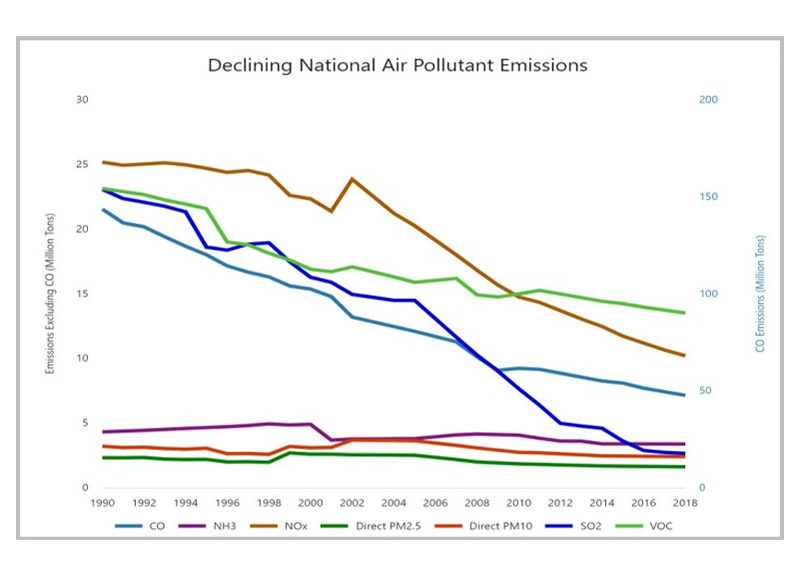
When we consider landmark legislations that have reshaped industries, the Clean Air Act of 1963 stands out, particularly for its profound influence on the Heating, Ventilation, and Air Conditioning (HVAC) sector.
This comprehensive federal law was a bold step forward in regulating air emissions from both stationary and mobile sources. It authorized the Environmental Protection Agency (EPA) to establish National Ambient Air Quality Standards (NAAQS) with the primary goal of protecting public health and the environment from air pollutants.
The journey of the Clean Air Act, through its inception and subsequent amendments, has been one of evolving challenges and solutions. One of the most pivotal moments arrived with the 1990 Clean Air Act Amendments, which introduced Title VI focusing on stratospheric ozone protection. This was a direct response to the growing scientific consensus on the detrimental impact of ozone-depleting substances, such as chlorofluorocarbons (CFCs) and hydrochlorofluorocarbons (HCFCs).

These chemicals were commonplace in the HVAC industry, widely used as refrigerants in air conditioning and refrigeration systems. The phasedown and eventual phaseout of these substances spurred HVAC contractors to undertake significant changes in how they manage their operations and maintain equipment.
The Act’s Direct Impact on HVAC Contractors:
- Refrigerant Management: Stringent regulations now govern the handling, recovery, and recycling of refrigerants. Such measures are crucial in preventing their release into the atmosphere, which could exacerbate ozone layer depletion.
- Certification Requirement: The Act enforces that technicians who handle refrigerants must receive certification through an EPA-approved program. This ensures they are well-versed in the proper management of these potentially harmful substances.
- Introduction of New Equipment Standards: HVAC equipment has evolved to comply with the Clean Air Act, moving towards designs that are compatible with alternative refrigerants. These alternatives promise less environmental impact, particularly concerning the ozone layer and global warming.
- Mandatory Recordkeeping: HVAC contractors are obliged to maintain comprehensive records regarding refrigerant usage and disposal. This measure enforces accountability and compliance with EPA regulations.
The cumulative effect of these changes has not only transformed the types of refrigerants and equipment with which HVAC contractors work but has also highlighted the importance of ongoing education and adaptation to regulatory standards.
The Clean Air Act and its amendments exemplify the vital role HVAC professionals play in safeguarding our environment. By ensuring compliance with this law, contractors do more than just repair and maintain HVAC systems—they contribute to a larger mission of environmental stewardship, helping protect our air for present and future generations.


